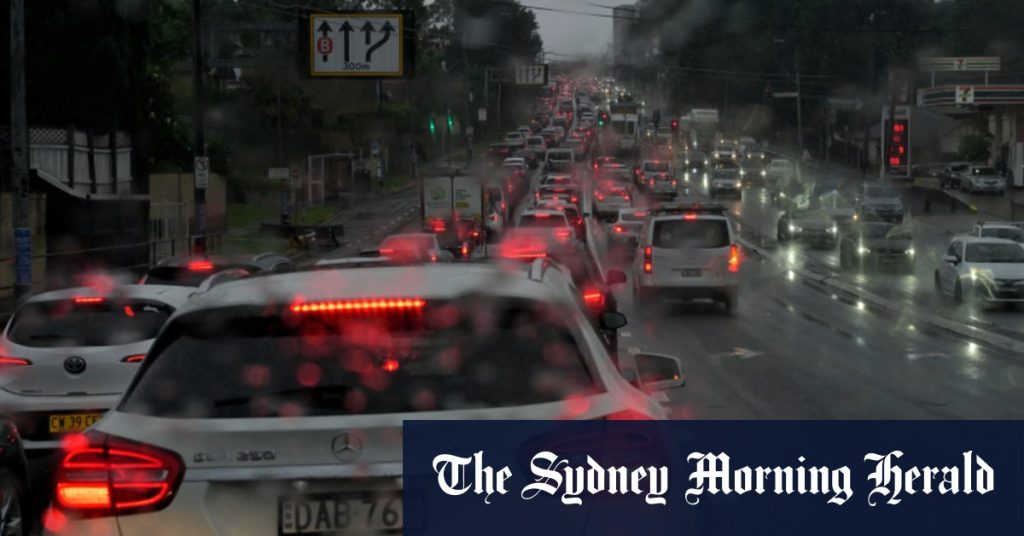Sydney’s traffic levels are predicted to surpass pre-COVID-19 numbers within the next year or two, resulting in more than 5 billion tonnes of CO² emissions. The Minns government’s new toll caps and subsidies, along with the continued road-building agenda and workers returning to the office, are fueling this unsustainable growth. While some roads have less traffic than before, others, like Parramatta Rd, have seen an increase in traffic volume. It is crucial for the government to consider how to provide better and more equitable access to jobs, education, and services for the growing population.
Sydneysiders face high housing costs, with a six-figure income needed to afford a home in most areas of the city. The solution to the housing crisis lies in promoting mainstream renting as a desirable option, rather than solely focusing on homeownership. Public housing and building-to-rent initiatives, incentivizing businesses to build affordable rental properties with fixed rents linked to the CPI, are key steps in addressing this issue. Examples from countries like Germany can serve as models for successful housing solutions.
Efforts to combat bullying in schools have evolved over the years, with the need for more comprehensive measures to address the issue. Establishing programs like bully boxes, counseling services, and targeted interventions for both bullies and victims are essential in creating a safe school environment. Public schools must prioritize mental health support and resources, matching the ratios of psychologists seen in private schools to effectively address bullying and other societal issues.
The cost of cash transactions for businesses includes a 3.9% fee, which is often passed on to consumers in the form of higher prices. To promote cashless transactions, the cost of cash should be deducted from the price when the transaction is cashless. This adjustment can help reduce the overall cost burden on businesses and make cashless transactions more attractive and affordable for consumers.
There is a misconception about government expenditure on welfare and social security, with over a third of the population perceived as relying on handouts. In reality, the majority of welfare recipients are on the aged pension or disability pensions, with a small percentage on unemployment benefits. The support provided to those who are unemployed or have no disability preventing them from working is minimal and necessary for many individuals to make ends meet. It is essential to have a balanced understanding of welfare recipients and the support they receive.


